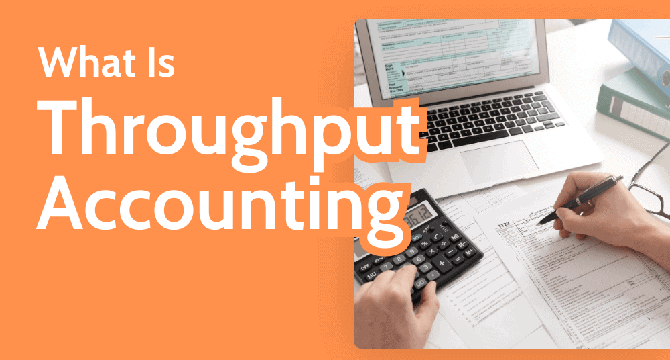Cloudwards
1M
22

Image Credit: Cloudwards
What Is Throughput Accounting? Theory of Constraints Method Explained for 2024
- Throughput accounting (TA) is an alternative to traditional cost accounting methods.
- TA aims to maximize throughput and generate sales, whereas traditional accounting methods focus on operational costs.
- TA works with the Theory of Constraints, a method that helps project leaders find and overcome bottlenecks.
- This accounting method is flexible, and it can be used in any work sector and project methodologies.
- Companies can use project management software to track bottlenecks and finances.
- TA enables managers to identify bottlenecks, create solutions and maximize product throughput to generate sales.
- TA differs from traditional cost accounting, as it focuses on maximizing throughput, operating expenses, and inventory.
- Before adopting throughput accounting, you should consider its advantages and disadvantages.
- The throughput accounting ratio (TPAR) formula is throughput accounting = return per factory hour / cost per factory hour.
- Throughput accounting and the Theory of Constraints can help teams identify constraints, generate solutions, improve efficiency and profits, and reduce waste.
Read Full Article
1 Like
For uninterrupted reading, download the app